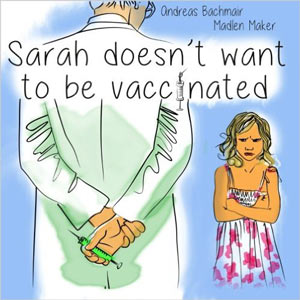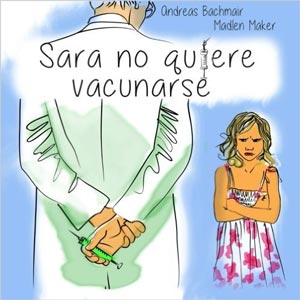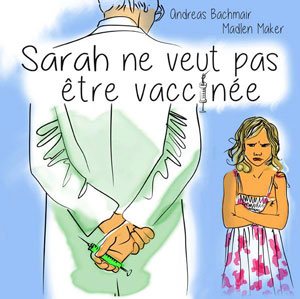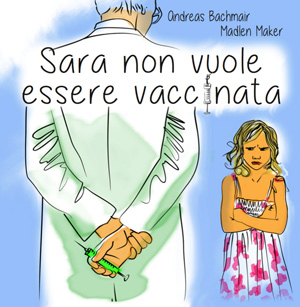Japanese encephalitis - Vaccination
Vaccination
The vaccines are produced in the brains of mice and contain viruses from them. Additionally the vaccine contains thimerosal, formaldehyde, dextran and gelatin. The vaccines are not approved in Germany and must be ordered via an international pharmacy when they are required. The vaccination can be administered at tropical institutes and large vaccination centers. It is only recommended for people who spend more than four weeks in a risk area.
In the mean time there is a vaccine which has been approved in Germany: IXIARO, whose viruses and virus components are bred on verocells. These are then adsorbed on aluminum hydroxide for a stronger vaccine reaction. It is recommended that IXIARO not be used for children and adolescents due to the fact that there is no data as yet on safety and efficacy.
Immunity
After the third vaccination there supposedly is an immunity of approx. 80-90%. The protection provided by the vaccination lasts several years. A sero conversion rate of 29.4% 10 days after the first vaccination was observed for IXIARO. One week after the second vaccination it was 97.3%.
Adverse effects, vaccine complications and vaccine damages of the Japanese Encephalitis Vaccination
The vaccines are difficult for people to tolerate. In 50% of people who have been vaccinated there are problems at the site of injection and there are general symptoms such as headaches and joint pain, nausea and fever.
Frequently allergic reactions occur, mainly in people who have an allergic disposition. The range of reactions includes urticaria and anaphylactic shock.
Severe neurological damages are rare, but in Japan they occur in one out of 500000 people who have been vaccinated.(Takahashi H., Pool,Tsai,Chen,:Adverse events afterJapanese encephalitis vaccination: review of post marketingsurveillance data from Japan and the United States. The VAERS Working Group, Vaccine 2000, 18(26):2963-2969)
In South Korea the high number of lasting vaccine damages has led to the establishment of a fund for damage claims. (Martin Hirte: Impfen:pro&contra, 2001, S. 312)
Adverse effects occur in about 40% of the people who have been vaccinated with the new vaccine IXIARO. They generally occur within the first three days after the vaccine has been administered.
The adverse effects that have occurred according to expert opinion (http://www.ema.europa.eu/humandocs/PDFs/EPAR/ixiaro/H-963-PI-de.pdf) are as follows:
Infections and parasitical diseases
Occasionally: nasopharyngitis, rhinitis
Diseases of the blood and the lymph system
Rare: Lymphadenitis
Diseases of the nervous system
Very frequent: Headaches
Occasional: migrane, dizziness
Diseases of the ear and the labyrinth
Occasional: Vertigo
Diseases of the respiratory system, the chest and mediastinum
Occasional: Pharyngolaryngeal pain
Diseases of the gastrointestinal tract
Frequent: Nausea
Occasional: Diarrhea, vomiting
Diseases of the skin and subcutaneous tissue
Frequent: Rash
Rare: Itchiness
Diseases of the skeletal muscle, conjunctive tissue and bones
Very frequent: Muscle pain
General afflictions at the site of injection
Very frequent: Reactions at the site of injection (pain/pressure pain)
Frequent: Fatigue, flu-like symptoms, fever, reactions at the site of injection (redness, hardening, swelling, itchiness)
Occasional: chills, reactions at the site of injection (bleeding, bruises)
Tests
Occasional: Elevated liver enzyme values
The evaluation of adverse effects frequently is based on the following definitions of frequency:
Very frequent: =1/10
Frequent: =1/100, <1/10
Occasional: =1/1.000, <1/100
Rare: =1/10.000, <1/1.000
Very rare: <1/10.000, not known (frequency cannot be estimated on the basis of the available data)
The duration of the period of time during which the adverse effects were observed unfortunately is not known.












